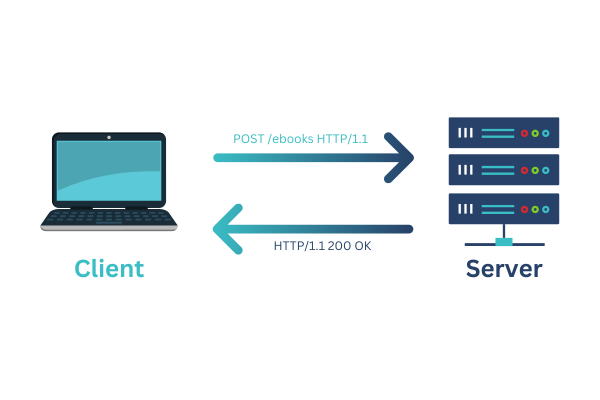REST (Representational State Transfer) and HTTP (Hypertext Transfer Protocol) are two fundamental technologies that work together to form the backbone of modern web services. Understanding their relationship is key to grasping how applications communicate and exchange data across the internet. In this guide, we’ll break down how REST APIs leverage HTTP, exploring the underlying mechanisms and the benefits of this powerful partnership.
REST APIs: Building Blocks of Web Services
REST, an architectural style for building web services, provides a set of guidelines for creating scalable, reliable, and easy-to-use APIs. These APIs define a standard way for different applications to communicate over a network, primarily the internet.

HTTP: The Transport Layer for REST APIs
HTTP is the protocol that REST APIs use to transmit data between client and server. It’s the same protocol that powers your web browser when you visit a website. In the context of REST APIs, HTTP provides a set of verbs (methods) and status codes that map directly to common actions you perform on data:
- GET: Retrieve a resource (e.g., fetch a list of products).
- POST: Create a new resource (e.g., submit a new order).
- PUT: Update an existing resource (e.g., modify customer information).
- DELETE: Remove a resource (e.g., delete a blog post).
The REST-HTTP Dance: How It Works
- Client Requests Resource: The client (your app or browser) sends an HTTP request to the server, specifying the resource’s location (URL) and the desired action (HTTP method).
- Server Processes Request: The server receives the request, processes it based on the specified method and URL, and fetches or modifies the requested resource.
- Server Returns Response: The server sends an HTTP response back to the client. This response includes a status code (e.g., 200 OK, 404 Not Found) indicating the outcome of the request, along with the requested data (often in JSON or XML format).
Benefits of Using HTTP for REST APIs
- Universality: HTTP is a widely adopted protocol, making REST APIs accessible from virtually any device or platform with internet connectivity.
- Statelessness: HTTP’s stateless nature aligns perfectly with REST’s statelessness principle, ensuring scalability and simplifying server implementation.
- Caching: HTTP caching mechanisms can be leveraged to improve performance and reduce network traffic.
- Standard Error Handling: HTTP status codes provide a standardized way to communicate errors and exceptions, making error handling more consistent.
FAQs: How REST API is Related to HTTP
Q: Can REST APIs use protocols other than HTTP?
A: While HTTP is the most common choice, REST APIs can theoretically be implemented over other protocols. However, using HTTP offers significant advantages in terms of compatibility and tooling.
Q: What are the key differences between REST APIs and SOAP APIs?
A: REST APIs are typically more lightweight and flexible, relying on standard HTTP methods and data formats. SOAP APIs are more complex and often require additional tooling, but they offer stricter security and reliability guarantees.
Q: Do I need to know HTTP to work with REST APIs?
A: While a basic understanding of HTTP is beneficial, many libraries and tools abstract away the low-level details of HTTP, making it easier to work with REST APIs.
Q: How do I test REST APIs?
A: You can use tools like Postman, Insomnia, or curl to send HTTP requests and inspect responses to test your REST APIs.